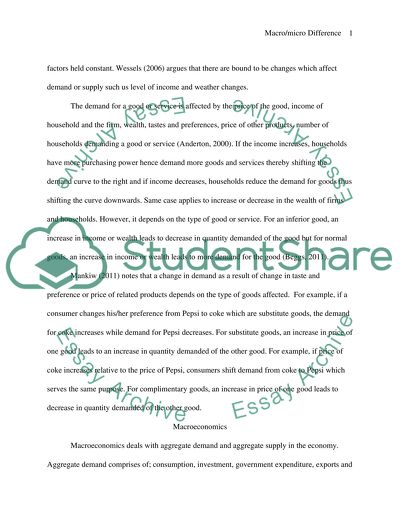Cite this document
(“Macroeconomics and Microeconomics difference Essay”, n.d.)
Macroeconomics and Microeconomics difference Essay. Retrieved from https://studentshare.org/macro-microeconomics/1435312-macro-micro-difference
Macroeconomics and Microeconomics difference Essay. Retrieved from https://studentshare.org/macro-microeconomics/1435312-macro-micro-difference
(Macroeconomics and Microeconomics Difference Essay)
Macroeconomics and Microeconomics Difference Essay. https://studentshare.org/macro-microeconomics/1435312-macro-micro-difference.
Macroeconomics and Microeconomics Difference Essay. https://studentshare.org/macro-microeconomics/1435312-macro-micro-difference.
“Macroeconomics and Microeconomics Difference Essay”, n.d. https://studentshare.org/macro-microeconomics/1435312-macro-micro-difference.


